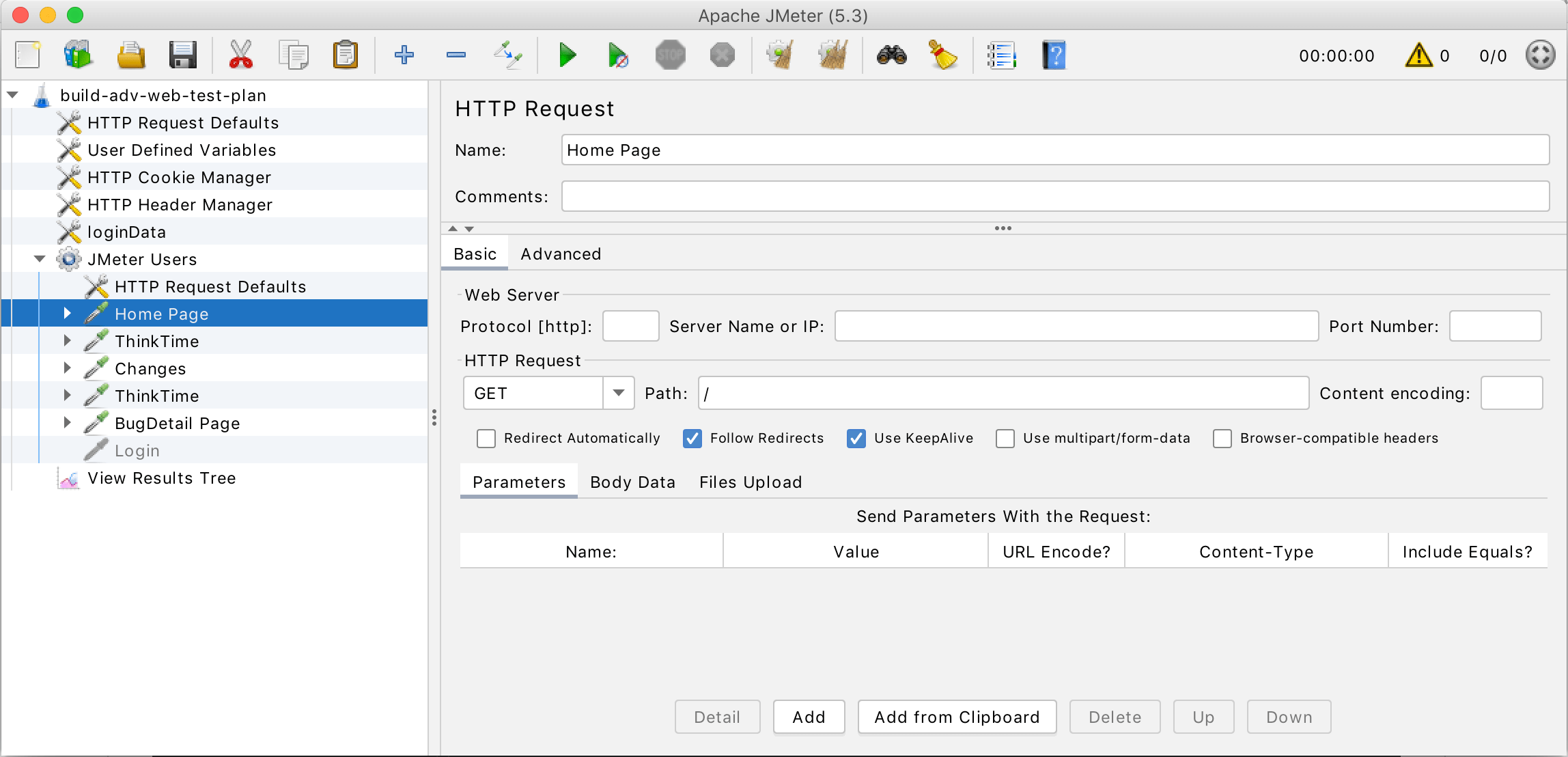SDET Interview Question and Answers
TestNG Interview questions and answers
Jenkins Interview Questions and Answers
Appium Interview Questions and Answers
Selenium Interview Questions and answers
Java Coding Interview Questions and Answers
GIT Interview Questions and Answers
First lets try to understand why we even need performance testing, then we will learn about the feature and use of JMeter.
Table of Contents:
- Performance Testing & Benefits
- JMeter Introduction
- Why Use JMeter
- Features of JMeter
- Pros & Cons
- How to Install JMeter
- How to run JMeter
- Latest Version
- Latency & Threshold
Performance Testing
Basic benefits of undergoing performance testing include:
- Increased customer satisfaction;
- Better overall customer experiences;
- Higher quality application;
- Reduced risk of system downtime;
- Implementing performance patches before taking your product live;
- Eliminating scalability issues;
- Benchmarking tools for performance engineering teams.
JMeter Introduction
Apache JMeter is a 100% pure Java desktop application designed to load test functional behavior and measure performance. It was originally designed for testing Web Applications but has since expanded to other test functions.
JMeter makes it relatively painless to stress test your service and find its weak points. It's incredibly easy to begin testing a service thanks to automatic request stub generation based on your WSDL.
Another advantage of using JMeter is that it provides a minimal client that is used to test just the server-side of your code. Fewer moving parts in the system allows you to better isolate weak points in your service.
In addition, a fleet of remote testers can easily be used to generate load much greater than any one machine could. Best of all, these features are all available through a few simple Apollo deployments.
Apache JMeter can measure performance and load test static and dynamic web applications.
It can be used to simulate a heavy load on a server, group of servers, network or object to test its strength or to analyze overall performance under different load types.
*******
==> How to create Docker Image From Scratch
*******
Why use JMeter?
JMeter makes it relatively painless to stress test your BSF service and find its weak points. It's incredibly easy to begin testing a Codigo+BSF service thanks to automatic request stub generation based on your WSDL.
Another advantage of using JMeter is that it provides a minimal client that is used to test just the server-side of your code. Fewer moving parts in the system allows you to better isolate weak points in your service.
In addition, a fleet of remote testers can easily be used to generate load much greater than any one machine could. Best of all, these features are all available through a few simple Apollo deployments.
********
*******
Features:
- provides a GUI for writing test plans
- user can select any unit class and test method to build a complex test case
- a single test method can be assigned a success and failure code
- provides several ways to graph the results
- provides the aggregate listener to calculate the statistics
- supports distributed testing using multiple machines
- provides the option of not calling setUp and tearDown
- extensible
- more configurable than JUnitPef (can't simulate a specific request rate)
- assertion and functional capabilities better than JUnitPerf
Pros & Cons:
| JMeter | |
| Pros | Cons |
| multi-threaded | must use one time setup and teardown correctly, users will need to create a thread group and add all the classes they intend to test |
| test functions for FTP, JAVA, SOAP/XML-RPC, JDBC, and more | confusing chart representation |
| supports distributed testing | terminology not clear; hard to get it working |
| extensibiltiy: pluggable samplers allow unlimited testing capabilities; adding new features is simple | remote machines must be declared in a properties file before app is started |
| pretty simple to do the Test Plan from the GUI | takes some time to learn |
| pain to get it working may not be worth the results | |
How to Install Jmeter
- Download JMeter from here: JMeter Download
- If you want to run automated JMeter tests from Ant build, see JMeter/JMeterAntTask
How to run JMeter
- Change to the
bindirectory - Run the
jmeter(Un*x) orjmeter.bat(Windows) file.
The Latest Version
Details of the latest version can be found on the JMeter Apache Project web site
When we talk about performace, how can we avoid two most imp concepts that is threshold and latency, as per basic definition:
Latency is the amount of time that passes between when data changes on the source and when the update is applied to the target.
Warning threshold (ms)—Specify the length of time, in milliseconds, that needs to pass before a subscription is considered latent and begins to cross the warning threshold.
Learn (API-Microservice)Testing+(CoreJava+UI)-SDET with Self Paced Videos and one LIVE Doubt Session
Check below link for question and answers with code:
*************************************************
SeleniumWebdriver Automation Testing Interview Questions:API Testing Interview Question Set:
https://automationreinvented.blogspot.com/search/label/Rest-API
Kubernetes Interview Question Set
https://automationreinvented.blogspot.com/search/label/Kubernetes
Docker Interview Question Set
https://automationreinvented.blogspot.com/2020/02/top-18-docker-commands-for-aytomation.html
Linux Interview question Set
https://automationreinvented.blogspot.com/search/label/Linux
Automation Testing/SDET Framework Design
https://automationreinvented.blogspot.com/search/label/FrameworkDesign
Java Related Interview Question Set
https://automationreinvented.blogspot.com/search/label/Java
GIT Interview Question Set:
https://automationreinvented.blogspot.com/search/label/GIT
Coding Interview Question Set:
https://automationreinvented.blogspot.com/search/label/Coding%20Questions
Mobile Testing Interview Question Set:
https://automationreinvented.blogspot.com/search/label/Mobile%20Testing
Python Interview Question Set for QAE - SDET - SDE:
https://automationreinvented.blogspot.com/search/label/Python















No comments:
Post a Comment